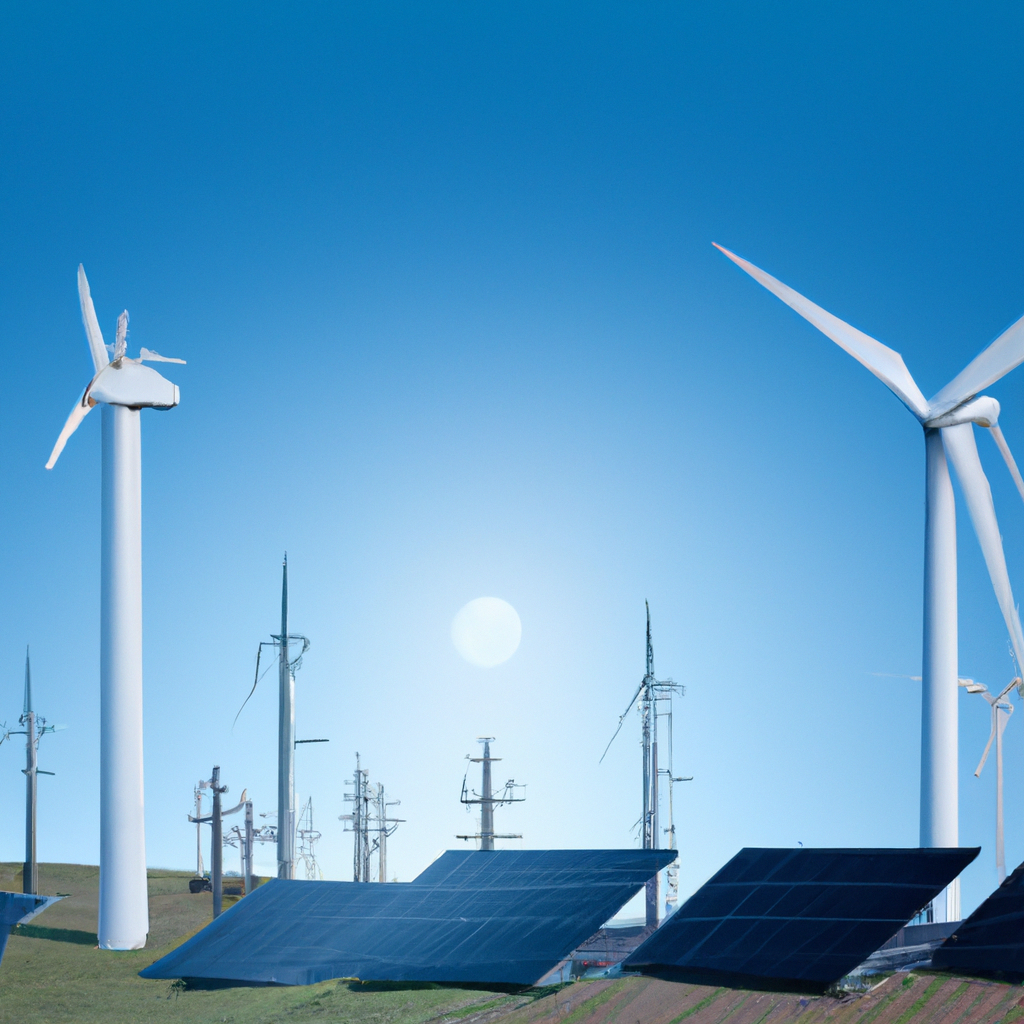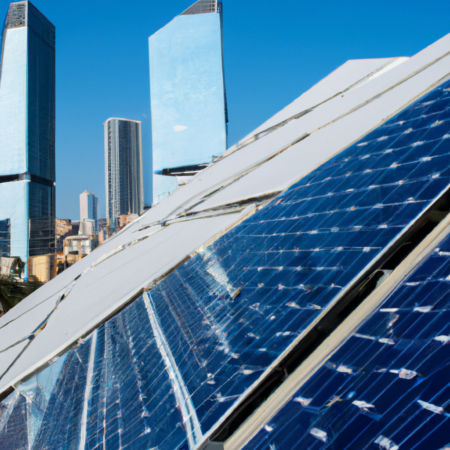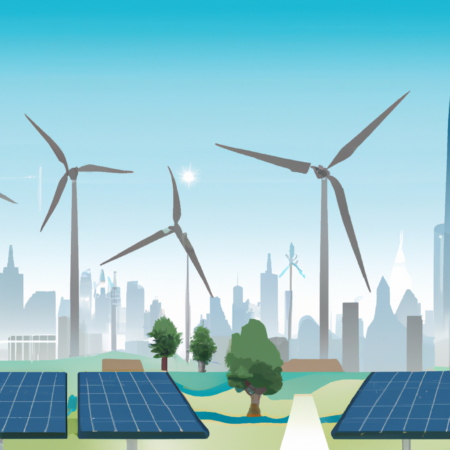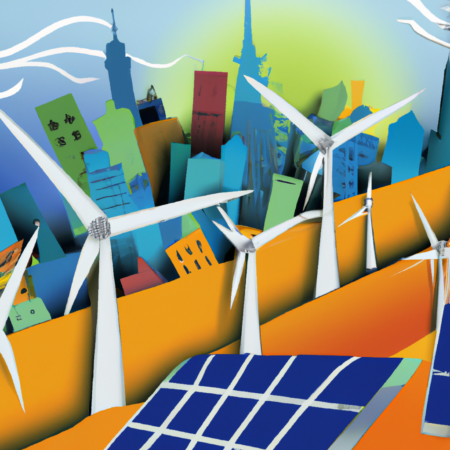The Future of Renewable Energy: Innovations and Trends in 2025
In 2025, the landscape of renewable energy continues to evolve at an unprecedented pace. This blog post explores the latest innovations and trends that are shaping the future of sustainable energy solutions worldwide.
Technological Advancements in Solar Power
Solar technology has seen significant breakthroughs, with the introduction of ultra-thin solar cells that are not only more efficient but also less resource-intensive to manufacture. These advancements have reduced the cost of solar installations, making solar energy more accessible to a broader audience.
Wind Energy: Bigger and Better
The development of larger, more efficient wind turbines has increased the output of wind farms, enhancing their capacity to power even more homes and businesses. The shift towards offshore wind projects has further capitalized on the stronger and more consistent wind patterns found at sea.
Energy Storage Solutions
As renewable energy sources like wind and solar are intermittent, the role of energy storage has become crucial. In 2025, new battery technologies, including solid-state and flow batteries, have emerged. These offer higher energy densities and longer lifespans, addressing the variability of renewable energy and ensuring a stable energy supply.
Hydrogen Fuel: The New Frontier
Hydrogen fuel technology has gained momentum as a clean alternative for industries that are hard to electrify. Innovations in electrolysis have made green hydrogen more economically viable, promising a significant reduction in carbon emissions for heavy industries and transportation.
Global Impact and Policies
With the increasing adoption of renewable technologies, governments worldwide have updated their policies to support this transition. Incentives for clean energy investments and stricter emissions regulations have spurred further innovation and adoption across various sectors.
In conclusion, the advancements in renewable energy technologies in 2025 have not only enhanced their efficiency and accessibility but have also played a pivotal role in moving towards a more sustainable and cleaner energy future.






